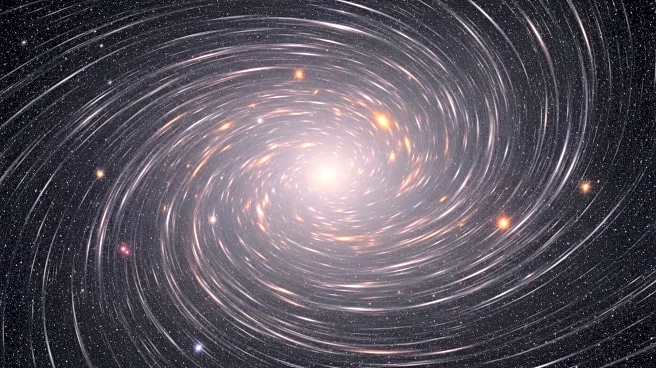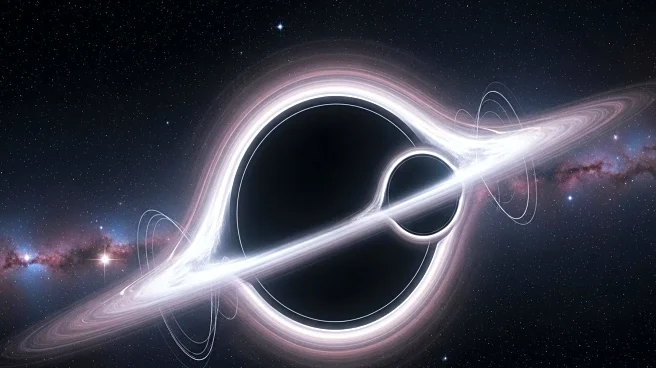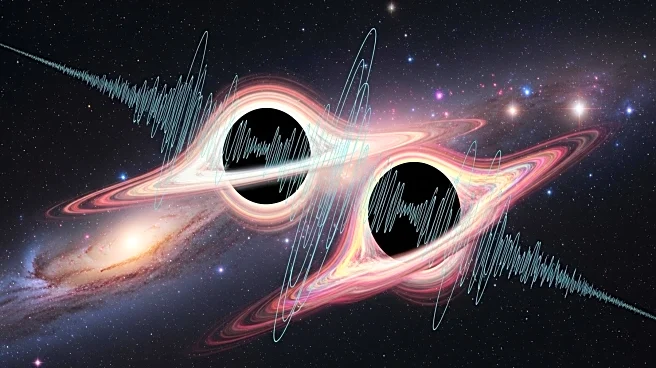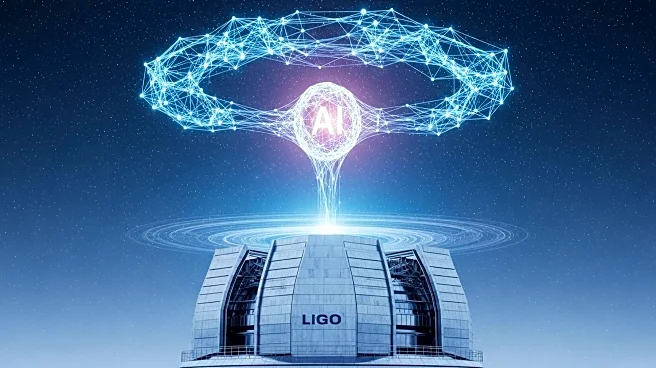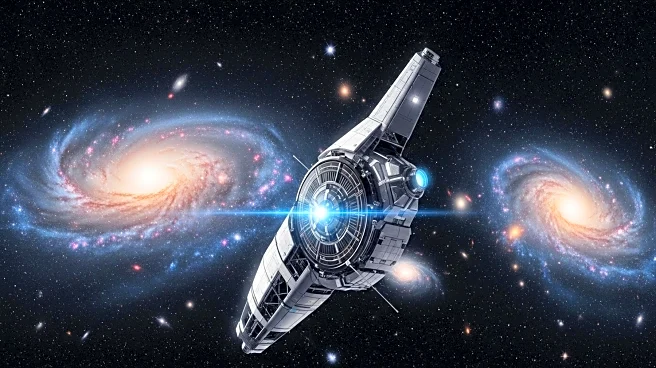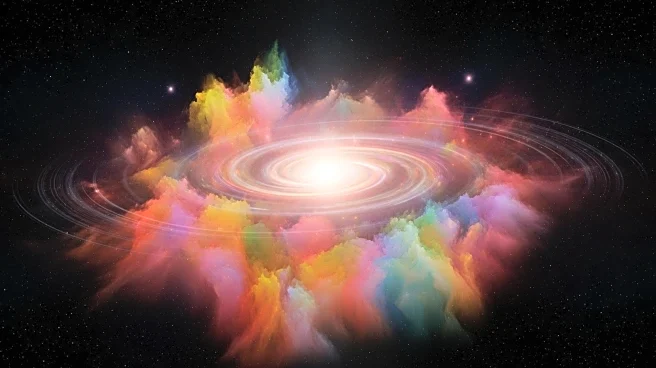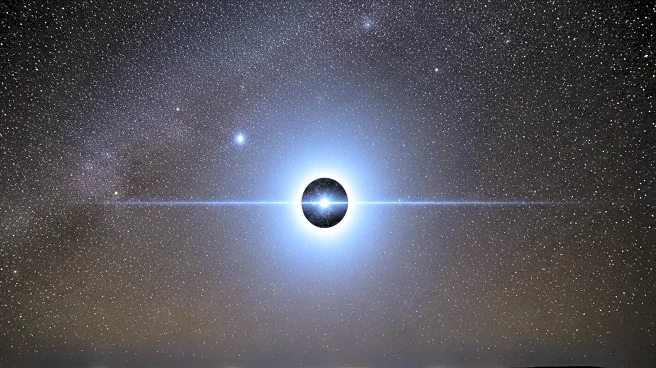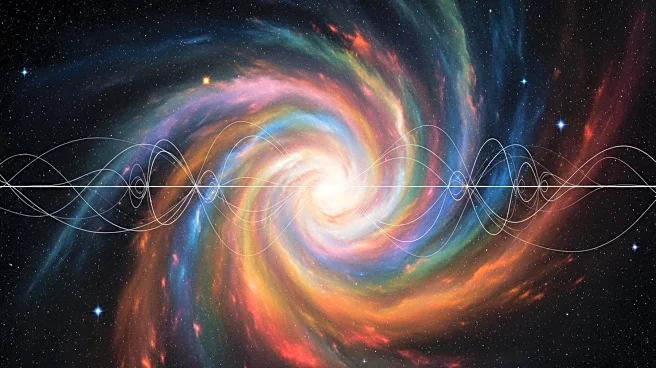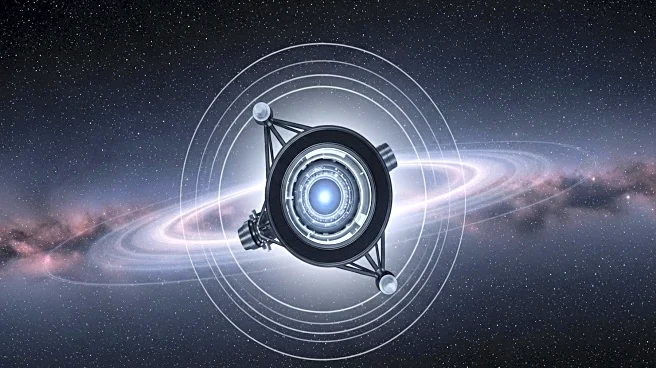What's Happening?
Astronomers have made significant advancements in understanding the universe by studying gravitational waves, faint ripples in space-time first predicted by Albert Einstein. These waves have revealed a 'stellar graveyard,' a region where remnants of stars such as black holes and neutron stars merge after supernova explosions. The discovery was facilitated by the international network of gravitational-wave detectors, including LIGO in the USA, Virgo in Italy, and KAGRA in Japan, during their fourth observing run from May 2023 to January 2024. This period saw the recording of 128 new mergers, including the most massive pair of black holes detected through gravitational waves. The findings also doubled the known 'mixed mergers' between black holes and neutron stars. These cosmic events provide insights into the life and death of massive stars, akin to studying fossils to understand dinosaurs.
Why It's Important?
The detection of gravitational waves and the subsequent discoveries have profound implications for astronomy and our understanding of the universe. These mergers allow scientists to study the life cycles of stars and the processes that occurred billions of years ago. Additionally, they provide a method to measure the universe's expansion rate, known as the Hubble constant, which is crucial for understanding how fast the universe is expanding. The findings also serve as a test for Einstein's theory of relativity, with the loudest signals offering precise measurements to detect any deviations from the theory. The increased sensitivity of the detectors has expanded the observable universe, opening new horizons for scientific exploration.
What's Next?
The study, available as a preprint on arXiv, sets the stage for further research into the stellar life cycle and the evolution of black holes. Future efforts will focus on distinguishing black holes formed from stars from those created by earlier mergers, refining the measurement of the universe's expansion rate, and detecting light signatures of mergers with the help of new telescopes like the Vera Rubin Observatory. These advancements will enhance our understanding of cosmic phenomena and contribute to the ongoing exploration of space.
Beyond the Headlines
The absence of expected light flashes during mixed mergers highlights the need for joint observations of light and gravitational waves, which future telescopes may facilitate. This aspect underscores the complexity of cosmic events and the potential for new discoveries in the field of astrophysics.
